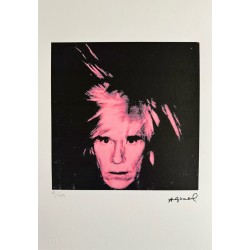Artist
Discover an extraordinary collection of artworks by the most renowned artists of the 20th century and beyond. From icons like Pablo Picasso and his revolutionary Cubism to masters of Surrealism such as Salvador Dalí and René Magritte, our gallery features a wide range of artistic movements. Explore the Fauvism of Henri Matisse, the Abstract Expressionism of Jackson Pollock, and the innovative Pop Art of Andy Warhol and Roy Lichtenstein. Each artist represented has left an indelible mark on art history, making this collection unique for collectors and enthusiasts alike.












